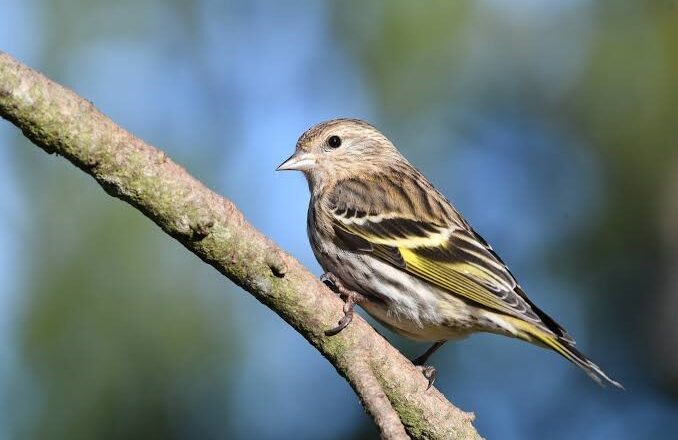The 2023 election cycle has been something that you’d expect during an odd-numbered year. Local elections have been in the spotlight and you’ve had the ability to directly focus on the people and policies that legitimately affect your day-to-day to life – who governs your county and community and how they approach things like municipal budgets, property taxes, roads and bridges, public safety, water and sewer infrastructure, parks and public spaces, and energy projects.
If the New York State Legislature has its way, it won’t be this way much longer.
During this year’s legislative session, both houses passed, along party lines, their respective bills A4282-B and S3505-B which would move most town, village and county elections outside of New York City to even-numbered years.
If that happens, local elections would be lost in the cacophony of polarized state and national elections which seemingly become more hateful, more well-funded, and more inescapable every cycle.
Amid all that grandstanding and advertising, the issues that matter most, the issues we have the most direct control over, would be lost in the shuffle. There’s no way electors will be properly educated on matters in their villages, towns, and counties when Presidential or Gubernatorial campaigns dominate the news, social media, and water cooler talk. Will anyone even pay any attention to mayoral or town council debates after they’ve been exhausted by the deluge of Presidential debates and the associated wall-to-wall coverage?
Proponents of the change believe voters will be more engaged. For example, in a September interview with Spectrum News, Senator Sean Ryan said he voted for the measure because significantly more people participate in even-year elections. He asked, "In the even years, between 50 and 70,000 people vote in Amherst, but in the odd years, only about 25 to 30,000 vote so we're going to have a lot more people participate in elections and how can that be a bad thing?"
It can be, because voters who would normally choose to not vote in local elections will be there only for the glamour positions (like President) and will likely and blindly vote for local officials solely along party lines. That’s in stark contrast to the traditionally active local voters who know the issues and the individuals and will often vote for people and policy over party, understanding that local politics are an entirely different animal with much more nuance than national elections. Do Ryan and sponsors Senator James Skoufis and Assemblywoman Amy Paulin actually believe that the person who never cared about local races suddenly will in even years, then somehow wade through the state and national politics and vote in the most prudent way?
More people should vote, always. But, good citizenship isn’t the act of just placing a vote. It’s the act of placing a vote that’s informed and aligned with what best serves you and your fellow citizens, and that becomes more pronounced in local elections because of the magnitude of the quality-of-life issues mentioned earlier. If you want local elections to matter, make them matter, just as we do now by giving them their own day in the sun. They’ll be completely devalued otherwise.
And, while we’re speaking of “value”, supporters of the bills also say the change will save taxpayers money. This bogus claim comes from the same legislators who passed early voting just a few years ago as an unfunded mandate placed upon county taxpayers. Plus, there will be city races and county races that remain in odd years, such as Sheriff, Clerk, and District Attorney, maintaining the need to go to the polls and the cost structure that currently exists.
This bill now awaits the yea or nay of Governor Hochul. If you want to maintain the sanctity of local elections, I encourage you to contact her office and ask her to veto A4282-B and S3505-B. The various forms of contact can be found on the Governor’s website at governor.ny.gov
From the 01 November 2023 Greater Niagara Newspapers, Batavia Daily News, and Wellsville Sun
